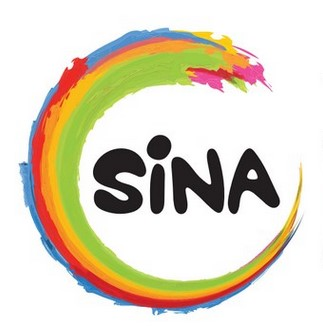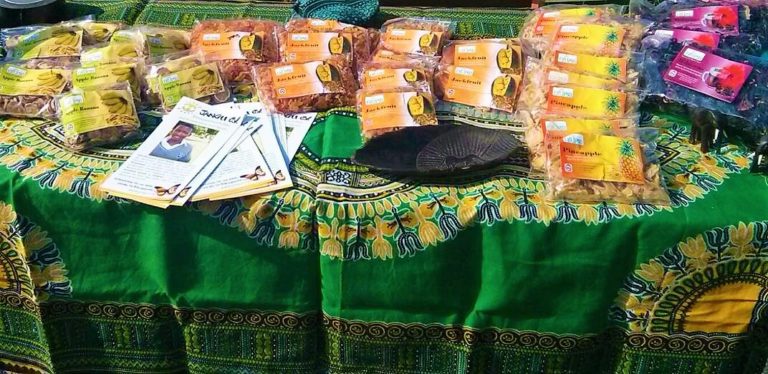innovative ideas on their ways to social enterprises
The title of this post is not just a catchy phrase but reality. SINA being located on top of a hill, overlooking two beautiful valleys has not just positive side effects. At 5am in the morning on a Wednesday the whole SINA community was shaken by a lightning, striking into one of our buildings. The lightning conductor did its job and surprisingly the lights stayed on and no damage was done. Three minutes later, a second lightning struck whipping out the electricity and killing the internet antenna.
Not just physically but also in the minds of the SINA community, lightning struck. New ideas came about and are implemented by the scholars and are developing into social enterprises. We designed a project mentoring gamification concept based on the lean start-up model for the effective implementation and growth of ideas into projects on their way of becoming successful social enterprises.
One group of scholars is creating shoes from car tires and wasted fabrics; one scholar is searching for a way of using his talent in painting to solve social challenges, one girl is creating organic mosquito repellent; one group is using LEDs to promote the abolishment of still prominent old fashioned light bulbs and environmentally unfriendly energy saving bulbs in Uganda; one former child soldier is trying to bring solar light to his home villages and one girl, who grew up in the Kankobe Orphanage Home is designing a smartphone App for breaking the taboo of talking about menstruation and related complications.
SINA as a whole evolved further to be able to offer products and services for other NGOs, for companies and for individuals in Uganda and internationally. The upcycling construction: using plastic bottles, car tires, egg shells, plastic bags and other waste materials has been drawing most of the attention and first strategies are being developed of SINA working together and training others to spread this innovative technology. To further lower the costs of the bottle construction and avoiding cement as much as possible, local ways of construction are being tested. Mud is used as a binder, as well as Cassava (Yuka) porridge mixed with sand. Both construction technologies have been applied since hundreds of years in East Africa, but are now slowly disappearing. We are trying to combine traditional methods with new ideas.
Furthermore, SINA is now ready to give consultancy services to NGOs, schools, learning institutions and enterprises for innovative education, project-based learning, democratic decision making and non-hierarchical organizational structures; sharing our experiences and achievements.
SINA’s biogas latrine, producing gas for cooking for the entire SINA community of 50 people, while serving as a toilet has drawn the attention of visitors coming to SINA. Their faces are priceless while standing in front of the biogas-latrine and being asked to “feel free to make a donation to SINA of any amount”. We decided to help promote this upcycling and environmentally friendly technology and want to help others create their own biogas systems.

